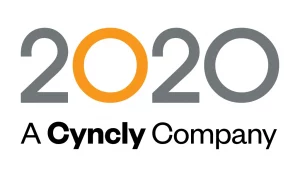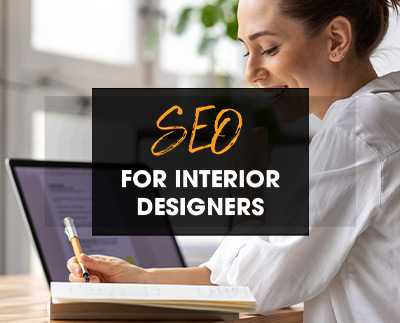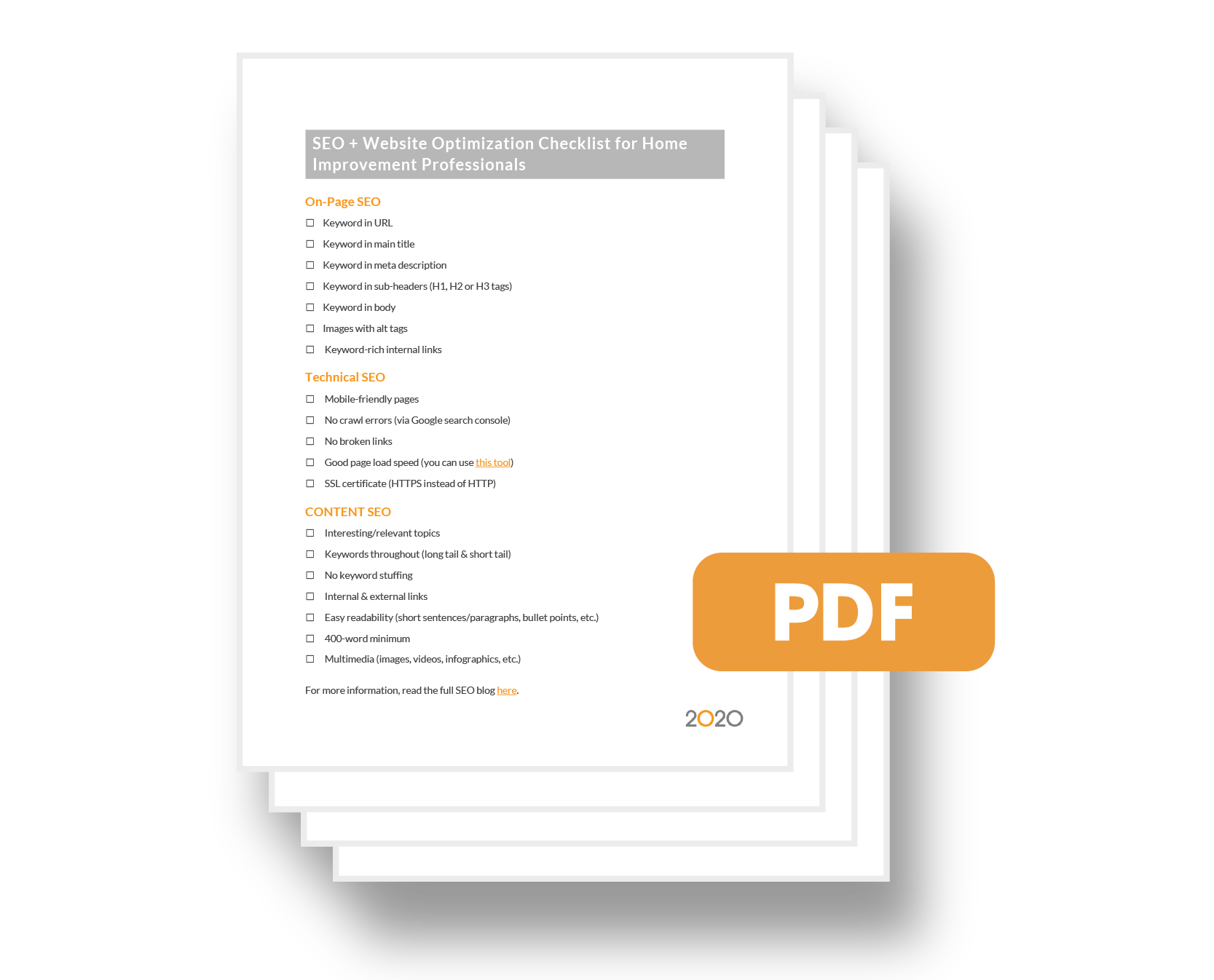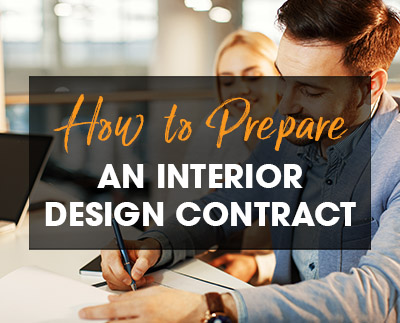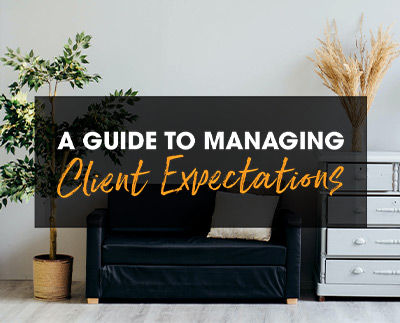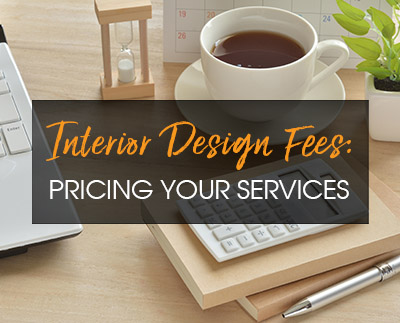
SEO for interior designers is extremely important. In fact, it’s important for any business that operates a website, because without search engine optimization (SEO), you are pretty much invisible online.
Major search engines such as Google and Bing rely on your website’s content and keywords to rank your pages. If you don’t follow search engine rules and guidelines and you don’t produce content that they deem adds value for readers, your website will not show up in search results, which means less traffic, which means less prospects.
Although it may seem foreign to you right now, this post will demystify SEO for interior designers and help you get more leads by tweaking your webpages and increasing your content output.
Download our SEO and website optimization checklist.
SEO for Interior Designers: Optimizing Content to Get More Leads
What is SEO?
First and foremost, let’s talk about what SEO stands for and what that means. As mentioned earlier, “SEO” is an abbreviation of search engine optimization. A search engine is the tool you use to look things up online (mainly Google), and the “optimization” refers to you sprucing up your website content (both quality and quantity) so said search engine can favor and rank your site over others’, making it one of the first results to show up when people run searches online.
Note: SEO brings visitors to your website organically, meaning you do not have to pay to attract prospects. You do, however, have to put in the work (more on that later).
What is keyword optimization?
Here comes the fun part. Keyword optimization.
What is a keyword, you ask?
A keyword is a term your prospects are searching for online. For example, “interior designer in Montreal” or “modern interior designer” or “kitchen and bathroom designer.” These are specific terms that someone looking for a designer will search for in order to find what - or who - they are looking for.
If you want your website to be found, you need to think like a prospect. What terms do you think they’ll be searching for online? What specific services do you offer that people are actively looking for?
You need to come up with a list of keywords that make sense for your interior design business even before you start optimizing your website. Without the proper keywords, your SEO strategy won’t work.
What are longtail keywords?
Longtail keywords are essentially longer search terms that are less popular. Yes, you read that right, but here’s why they work better than more popular keywords. For example, instead of just “kitchen designer,” a longtail keyword would be “traditional kitchen designer in New York,” or instead of “interior designer cost,” it would be “how much does an interior designer cost in Toronto?”
See the difference?
Longtail keywords are easier to rank for than shorter keywords because they are very specific. You’ll get more qualified leads because the visitors landing on your page after searching for longtail keywords are more likely to be the right target audience for your business.
SEO tools that help with keyword research
Not sure where to start with your keyword research? You’re not alone.
Here are some resources that will help you in your journey:
Ubersuggest (free & paid versions available): Offers a keyword discovery tool, competitive analysis, SEO website auditing, backlink discovery tool, and more.
Ahrefs (paid with trial): An all-in-one SEO tool that offers keyword research, competitive analysis, website auditing, backlink research, rank tracking, and more.
Semrush (free & paid versions available): Offers a keyword discovery tool, competitive analysis, technical SEO audits, SERP position tracking, and more.
Google trends (free): Lets you see how many searches per month there are for a specific keyword/topic and lets you compare multiple keywords. Very helpful for beginners.
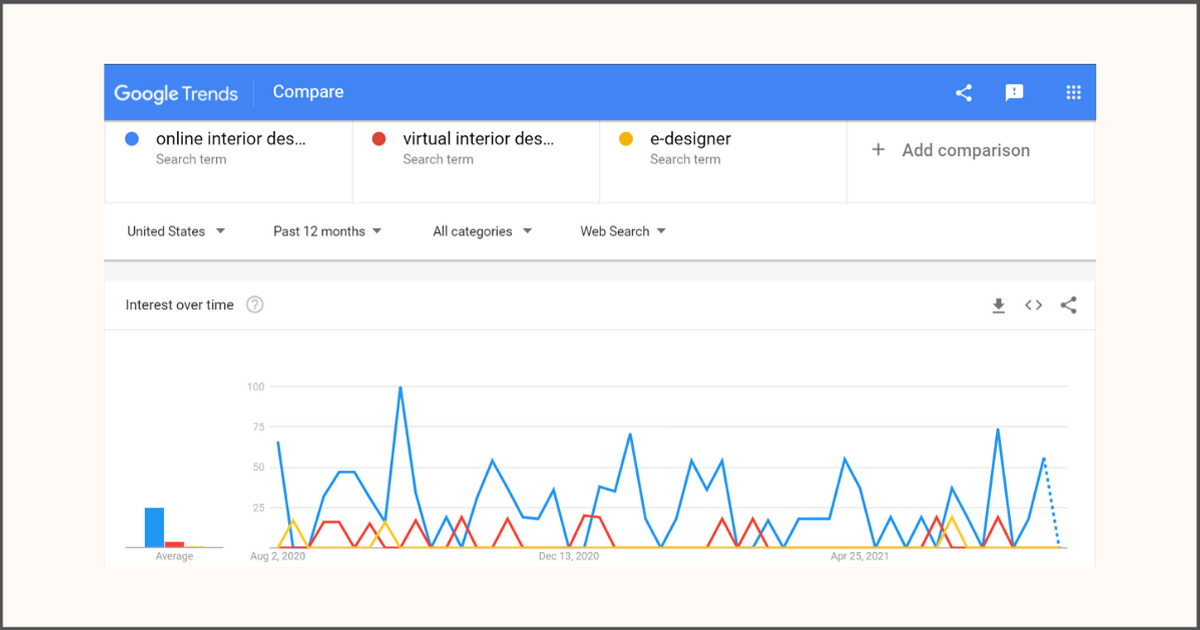
How and where should you use keywords on your website?
You’ve come up with a list of relevant keywords – now what? Here’s how you put your research to good use.
Include your keywords in:
URLs: Your webpage URLs should contain keywords according to what the page is about. They should be short and clear so that visitors (and search engines) can easily understand what to expect from your page. For example, your bathroom design services page should look something like this: “www.websitename.com/bathroom-design-services”
SEO titles: Your SEO title is the first thing people see when they run a search on Google (the title that you click on to access a page). It should always – ALWAYS - include your main keyword(s) appropriate for that specific page.
Meta descriptions: A meta description is the short blurb you see underneath the SEO title when you run a search on Google. This should also always contain the main keyword(s) for the page it’s representing.
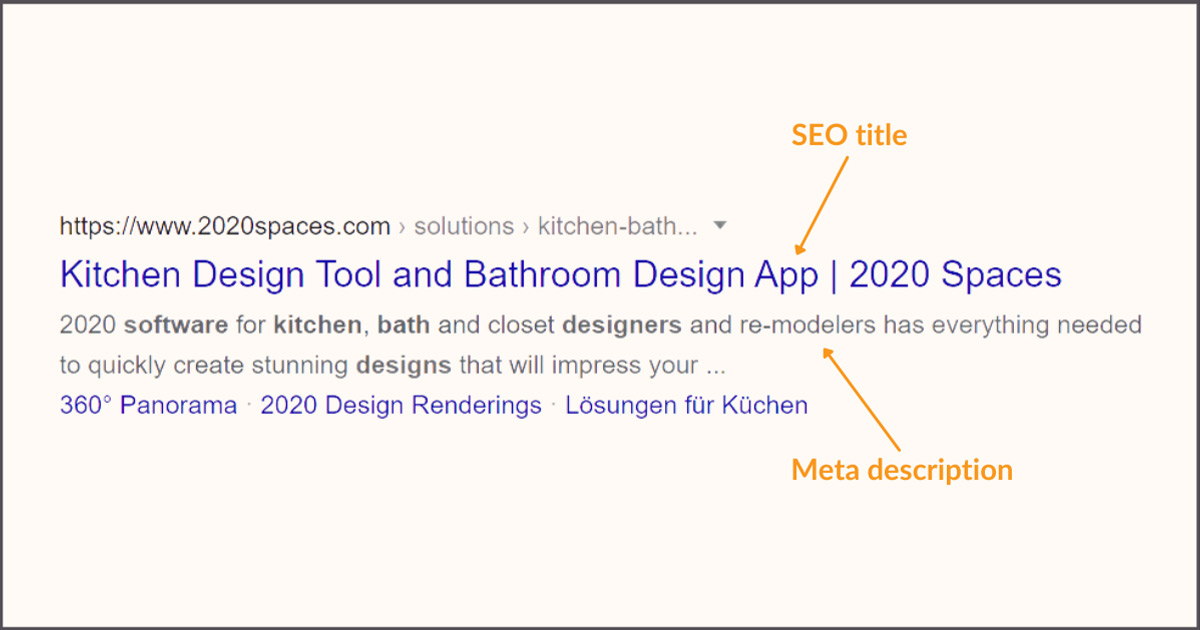
Main headings & sub-headings: The main heading is the title people see once they’re on your page (can be the same as the SEO title), and sub-headings are the subsequent titles (subtitles categorized as H2, H3, H4, etc.) people see as they scroll through your page. These should also contain keywords pertaining to what each section is about.
Body of the text: The body of the text refers to all the text that appears on your page. Your keyword(s) should be scattered throughout the text, but do not overuse them, because it will look unnatural, and search engines will penalize you for it (more on that later).
Image title attribute and alt text: If you include images on your pages (and you should), the title attribute is the text that shows up when you hover your mouse over an image, and the alt text is for visually impaired people who use screen readers. Attributes and alt texts should be descriptive and should contain appropriate keywords to help visitors better understand what your images are about. Check out this guide for more information.
Anchor text: The anchor text (or link text) is text that is linked to another webpage (either linking to one of your own pages or an external page). This text is usually highlighted in a different color and is clickable. It should contain keywords, especially if they link back to your own website. For example, if your page is about kitchen design software, then the sentence and link would look something like this: “We use advanced kitchen design software to help clients visualize their newly designed space.” See what we did there? We’re sneaky like that.
Common keyword mistakes to avoid
SEO for interior designers can be tricky because it is a saturated market with a lot of competition. If you want your keywords to rank, avoid these common mistakes.
- Do not use keywords that are too popular because they will be too difficult to rank for. For example, "interior designer” alone would be nearly impossible to rank for because of the sheer volume of other websites that have already used that keyword.
- Do not only use one keyword throughout your website. Use several good ones that make sense for your business and that would be easy to rank for over time.
- Do not overuse your keywords, otherwise known as “keyword stuffing.” If you overuse your keywords on purpose, Google will find out and will penalize your website for it. Your SEO game has to look and feel natural.
- Do not stop doing keyword research right when your website starts picking up momentum. Always keep your keywords up to date, and if you find new keywords that are appropriate for your interior design business, add them to your website and blog.
Download our SEO and website optimization checklist.
How else can you help your website rank?
Using relevant, industry-related keywords throughout your website is great, but that’s not the only thing that matters when it comes to SEO for interior designers.
Here are other ways you can help your website rank:
Start a blog: Yes, it’s time consuming, but it’s one of the best ways to consistently get organic traffic to your website. A blog will help you use different keywords on your website, enabling you to have a wider reach in terms of audience/prospects. If you do start a blog, just remember that frequency and quality matter. You can’t just post two articles and be done with it. You have to post regularly, and you have to post content that adds value for the reader. The more you post, the happier Google will be, and the more visitors you’ll get. If you don’t have the time but have the budget, consider hiring a content writer or blogger.
Link to external resources: Linking to your own website is great, but you also have to link to external websites (also known as outbound links), especially when you’re blogging. Do not link back to your competitors, but if you can enhance the reader’s experience by linking to an external resource in a way that won’t hurt your own brand, then go for it.
Upload high-quality photos: Including photos on your website and your blog is great for SEO. As a designer, you’ll have plenty of 3D designs and/or real-life transformations to share on your interior design portfolio page. You can also include beautiful photos on your blog that are relevant to the topic at hand - just remember to add image title attributes and alt text as discussed earlier.
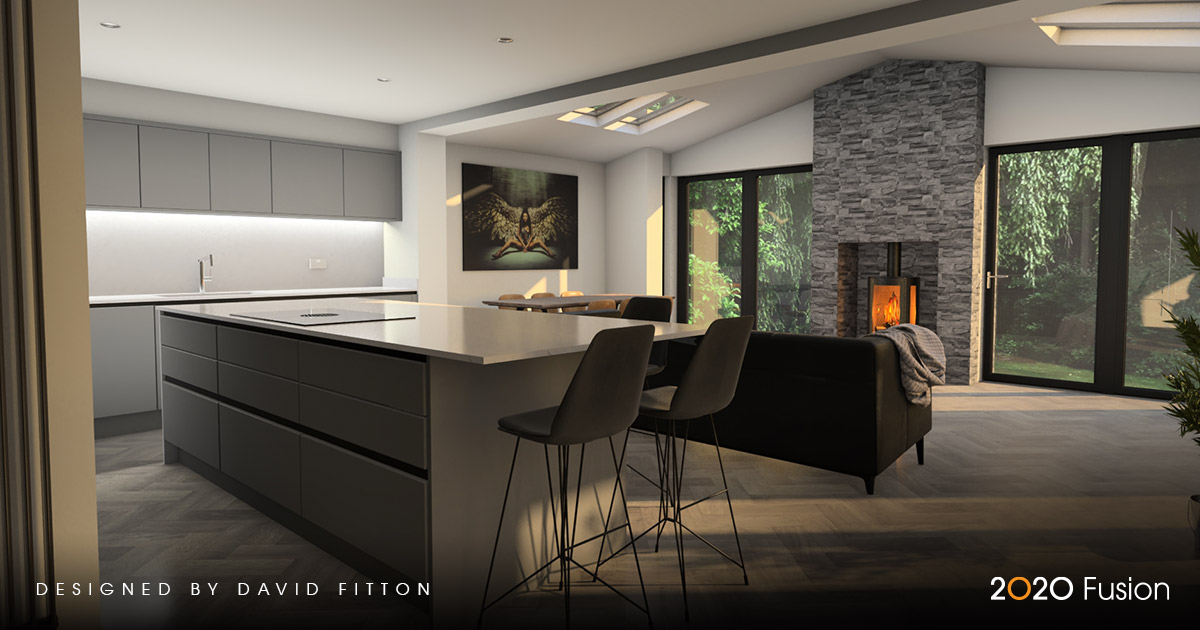
How does SEO help your bottom line?
If you optimize your website content, search engines will reward you by putting your site on the map. You’ll be reaching more people organically (unpaid), which means more traffic to your website, which means more contact forms filled, which means more prospects, which means more revenue.
If you already have a website up and running, you can really make a difference by implementing these changes. Just remember, you will not rank overnight. SEO for interior designers is a waiting game, but if you put in the work, you will - slowly but surely - reap the benefits.
Download our handy SEO & Website Optimization Checklist to make sure you cover all your bases.
Share this Post
